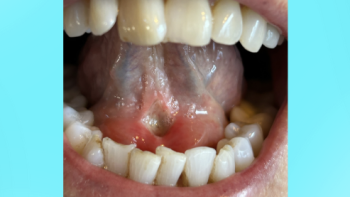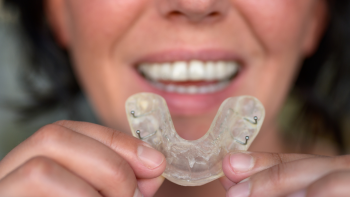TMJology is committed to providing a range of treatment options to address the needs of adult patients suffering from TMD, jaw pain and neuromuscular related issues.
“Because Living with Jaw Pain Isn’t Normal.”
Explore a whole-body approach to lasting relief.

TMJology offers FREE eBooks, a self guided programs, virtual neuromuscular therapy, in-office TMJ & intra oral massage massage and integrated pre & post frenectomy bodywork all designed to help you live a life free from TMJ pain.
Like and follow us on Instagram @TMJology for daily TMJ tips, facts, and relief strategies you can actually use.
Schedule your free 30-minute discovery call by clicking here.
All Courses
Explore Research Articles and Resources on Orofacial Myofunctional Disorders, Obstructed Sleep Apnea and TMJD.
Click on the titles to read each article and research paper.
The vast majority of health care professionals are unaware of the negative impact of upper airway obstruction (mouth breathing) on normal facial growth and physiologic health.
There is plenty of evidence in the literature that mouth-breathing has an adverse effect on the growth and development of the face and jaws. All children who are habitual mouth-breathers will have a malocclusion.
Finally, the secret has been revealed regarding orofacial myofunctional therapy. It really does belong in the field of orthodontics, treating TMD and OSA, as well as the preventions of many disorders.
Obstructive sleep apnea may have some surprising signs and symptoms of the condition. You may expect it in someone who is overweight, snores loudly, and repeatedly wakes up gasping out of sleep. However, there may be other symptoms that suggest the presence of the disorder. Consider some of these alternative signs and whether the underlying cause might be due to untreated sleep apnea
Upper airway muscle function plays a major role in maintenance of the upper airway patency and contributes to the genesis of obstructive sleep apnea (OSA). Preliminary results suggested that oropharyngeal exercises derived from speech therapy may be an effective treatment option for patients with moderate OSA.
Sleep apnea is not just an adult problem. Far from it. Between 1- 3% of young children have sleep apnea/disordered breathing, and if untreated, can grow up with lasting scars. Habitual nighttime battles for adequate air can set a child up for ADHD symptomology and a lifetime of mental health problems that flow from this.
Ankyloglossia is a condition of altered tongue mobility due to the presence of restrictive tissue between the undersurface of the tongue and the floor of mouth. Potential implications of restricted tongue mobility (such as mouth breathing, snoring, dental clenching, and myofascial tension) remain underappreciated due to limited peer-reviewed evidence. Here, we explore the safety and efficacy of lingual frenuloplasty and myofunctional therapy for the treatment of these conditions in a large and diverse cohort of patients with restricted tongue mobility.







